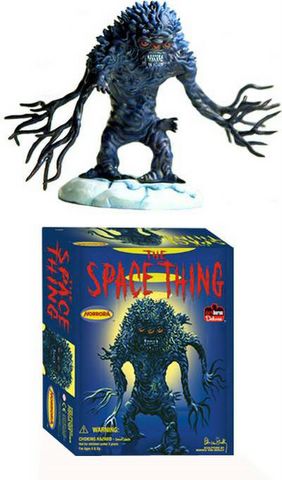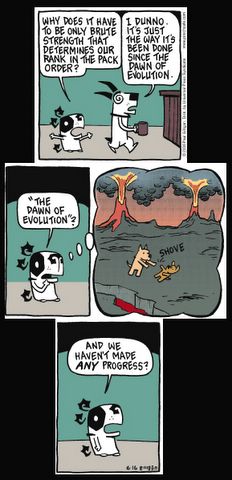Friday, June 16, 2006
Arctic Scientists Investigate Alien-Like Glacier

Unusual sulfur springs on Ellesmere Island suggests how live may evolve on other planets
A scientific expedition to a remote glacier field in Canada's High Arctic may help researchers unlock the secrets about the beginning of life and provide insights for future exploration of our solar system.Scientists will study a sulfur-spewing spring on the surface of an ice field not far from the North Pole this summer. The geological oddity is home to a unique form of bacteria that has adapted to thrive in a cold and sulfur-rich environment.
"This is a very unusual feature on the earth's surface and it's an extreme ecosystem that could be a good model for how life first begins in a harsh environment."
The spring has also attracted the attention of the Canadian Space Agency and NASA, which are helping to fund the expedition, because it likely provides the best example on Earth for the conditions believed to exist on the surface of Jupiter's moon Europa. Ice-covered Europa is considered one of the best candidates for finding evidence of life on other planets within our solar system. Link

Pete Von Sholly's 'Space Thing'
The figure is conveniently small (approximately 4 1/2 inches), pre-painted, and easy to pop together with a great-looking, Aurora-inspired display box.
Available now HERE. ISBN: 1-59617-325-4
Thursday, June 15, 2006
Ben Franklin Discovers Electricity

On this day in 1752, Ben Franklin's kite-flying experiment proved lightning and electricity were related while flying a kite with a key attached. In Sept. 1752, he equipped his house with a lightning rod, connecting it to bells that ring when rod is electrified. He explained how to perform a kite experiment in the 19 Oct 1752 issue of the Pennsylvania Gazette.
In July 1750 he devised an experiment involving a sentry-box with a pointed rod on its roof, to be erected on hilltop or in church steeple, with rod attached to a Leyden jar which would collect the electrical charge, and thus prove lightning to be a form of electricity. Link
Wednesday, June 14, 2006
Univac 1 Goes On-Line This Day In 1951

Challengers of the Unknown © DC Comics

CLICK ALL IMAGES TO ENLARGE & READ




Oops... Looks like 'meeting mankind halfway' means getting a robo-lobotomy and being turned into a toaster!

Stephen Hawking Says: "The Stars Our Destination!"
The survival of the human race depends on its ability to find new homes elsewhere in the universe because there's an increasing risk that a disaster will destroy Earth, world-renowned physicist Stephen Hawking said Tuesday.
"We won't find anywhere as nice as Earth unless we go to another star system," added Hawking. Hawking said that if humans can avoid killing themselves in the next 100 years, they should have space settlements that can continue without support from Earth.
"It is important for the human race to spread out into space for the survival of the species," Hawking said. "Life on Earth is at the ever-increasing risk of being wiped out by a disaster, such as sudden global warming, nuclear war, a genetically engineered virus or other dangers we have not yet thought of."
One of the best-known theoretical physicists of his generation, Hawking has done groundbreaking research on black holes and the origins of the universe, proposing that space and time have no beginning and no end.
However, Alan Guth, a physics professor at the Massachusetts Institute of Technology, said Hawking's latest observations were something of a departure from his usual research and more applicable to survival over the long-term.
"It is a new area for him to look at," Guth said. "If he's talking about the next 100 years and beyond, it does make sense to think about space as the ultimate lifeboat." Link
"We won't find anywhere as nice as Earth unless we go to another star system," added Hawking. Hawking said that if humans can avoid killing themselves in the next 100 years, they should have space settlements that can continue without support from Earth.
"It is important for the human race to spread out into space for the survival of the species," Hawking said. "Life on Earth is at the ever-increasing risk of being wiped out by a disaster, such as sudden global warming, nuclear war, a genetically engineered virus or other dangers we have not yet thought of."
One of the best-known theoretical physicists of his generation, Hawking has done groundbreaking research on black holes and the origins of the universe, proposing that space and time have no beginning and no end.
However, Alan Guth, a physics professor at the Massachusetts Institute of Technology, said Hawking's latest observations were something of a departure from his usual research and more applicable to survival over the long-term.
"It is a new area for him to look at," Guth said. "If he's talking about the next 100 years and beyond, it does make sense to think about space as the ultimate lifeboat." Link
Subscribe to:
Posts (Atom)






